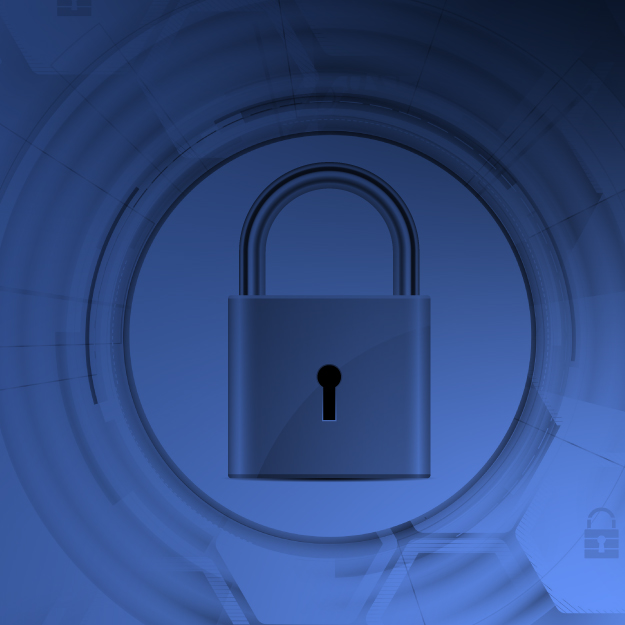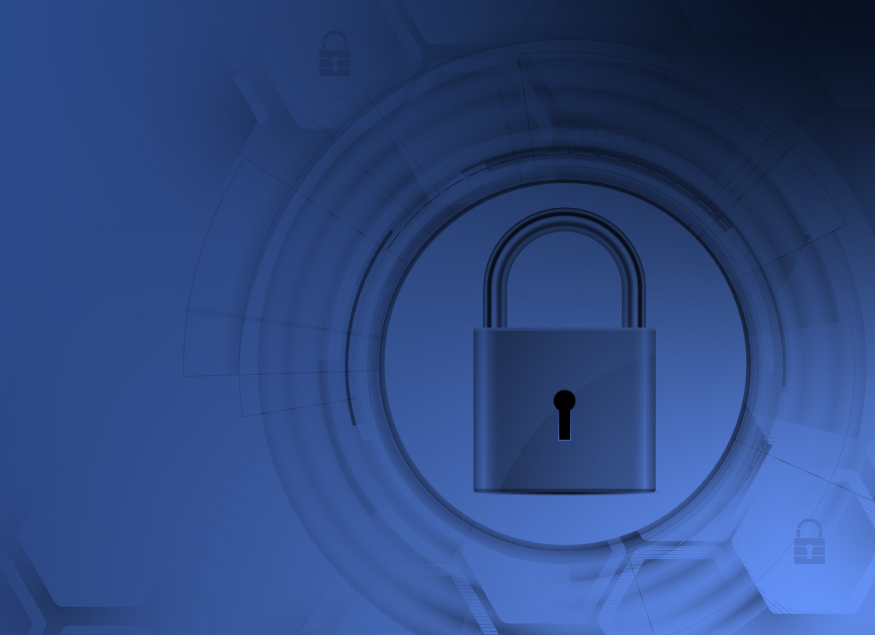In the face of a widening threat landscape and increased numbers of cybersecurity attacks in both the public and private sectors, the United States federal government is required to take action through several executive orders and memorandums. To keep pace and outsmart ever-evolving cybercriminals, modern security measures must include robust enforcement of identity, device, and network/environment.
Responding to Cybersecurity Threats
Federal agencies are working hard to prioritize cybersecurity and safeguard the public and workforce—and for good reason. In the first three months of 2022, 92% of data breaches were the result of cyberattacks, as reported by the Identity Theft Resource Center (ITRC), making 2022 the third consecutive year that data breaches have increased compared to Q1 of the previous year.

In addition to other laws, policies, and recommendations, such as FedRAMP, federal agencies are now required to use vendors that meet Cloud Smart initiatives after the release of Executive Order 14028 on Improving the Nation’s Security (EO 14028). Federal agencies also need to pay attention to Memorandum M-22-09, “Moving the U.S. Government Toward Zero Trust Cybersecurity Principles,” issued by the Office of Management and Budget, which outlines key goals they must meet by the September 2024 deadline.
Pursuant to EO 14028, the Cybersecurity and Infrastructure Security Agency (CISA) is required to develop architectural documentation and a cloud-service governance framework, and the National Institute of Standards and Technology (NIST) is required to develop Zero Trust best practices, guidelines, and recommendations.
For these reasons, security technology providers, Okta, CrowdStrike, and Zscaler, offer solutions that, when used together, give federal agencies access to resources that provide protection in the simplest way possible.
By utilizing these security technology providers, federal agencies can make significant progress in building the security posture they need to protect the public and their workforces against current–and future–cyber threats.
Why the Zero Trust Approach?
Zero Trust is not a technology, nor is it a product. It is a strategic, architectural approach to security enabled by technology. It builds on existing security concepts and does not introduce a radical new approach to cybersecurity. The market is driven by the need to protect enterprise digital environments by averting lateral movement, leveraging network segmentation, simplifying granular user-access control, and implementing Layer 7 threat prevention.
A Zero Trust approach is a complete shift from the old, legacy security architectures.
On a grand scale, it means federal agencies need to evolve their approach and mindset when implementing security practices. Every area of the organization needs to break out of siloed security approaches and come together for a holistic approach by implementing tools and solutions that improve their security posture at all levels. Adopting Zero Trust means adopting a framework that is agile enough to maintain security measures while adapting to constantly changing environments and influxes of different users.
A Simple Solution: Okta, CrowdStrike, and Zscaler
A complete Zero Trust approach relies on technologies working together. Solutions offered by Okta, the world’s leading identity authentication provider, CrowdStrike, a global cybersecurity leader in endpoint security, and Zscaler, the leader in securing networks and the environment, have technical integrations designed to scale and align with NIST SP 800-207 Zero Trust components—Policy Decision Point (PDP)/Policy Enforcement Point (PEP). This gives federal agencies confidence that, when implemented together, they will also be on their way to meeting three of the five pillars of the Zero Trust Architecture (ZTA), including identity, device management, and network/environment.
Plus, as federal agencies turn to Okta, CrowdStrike, and Zscaler for help tackling these pillars, they can use the solutions to comply with the laws, mandates, policies, and recommendations that are required for the integration and implementation of new technology in their agency’s IT infrastructures.
Supporting the Public and Agency Workforces
Besides helping tackle the first three pillars, Okta, CrowdStrike, and Zscaler can help meet the needs of federal agencies’ workforces and the public at large.
For most federal government agencies, the mission is to serve the public with digital experiences that match the level of quality they’re used to experiencing in the private sector, i.e., digital experiences that are non-intrusive, secure, simple, and scalable. But as federal agencies begin to implement ZTA in their IT infrastructures, it’s crucial that they maintain the quality of these digital experiences and continue to serve the public and workforce. And, when utilized together, the solutions from Okta, CrowdStrike, and Zscaler empower them to do just that.
By bringing federal agencies modern, identity-centric security that’s both agile and scalable, these solutions ensure a security architecture that will not only meet but will exceed the workforce and the public’s expectations for frictionless digital experiences through products such as single sign-on when accessing content.
Complementary Zero Trust Implementation
Okta, CrowdStrike, and Zscaler can help implement a Zero Trust strategy. When these strategies are put to work, federal agencies have the solutions to modernize their security, enabling simplified, centralized identity and context-rich multi-factor access management. In addition, agencies can trust secure service delivery of data and assets, endpoint and ID security, and secure communication and connection between user-app, app-app, and machine-machine.
Download Okta’s Zero Trust Architecture Solution Brief and contact us today to speak to a member of our team and learn more about how Okta, CrowdStrike, and Zscaler can help federal agencies successfully transition to Zero Trust.






